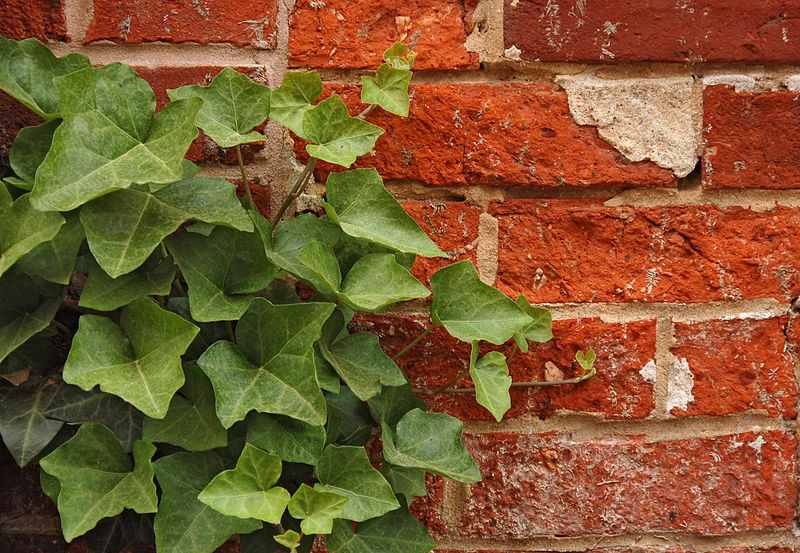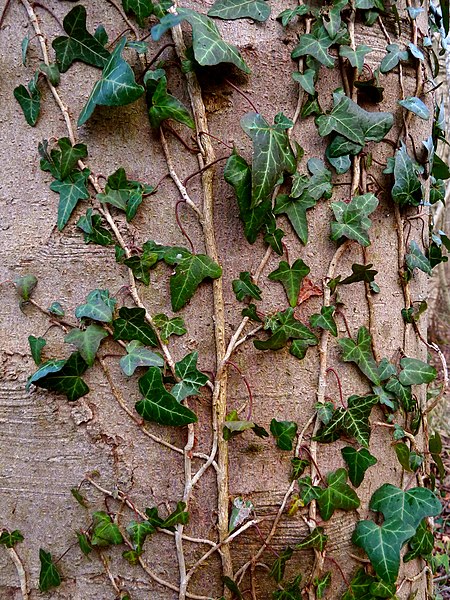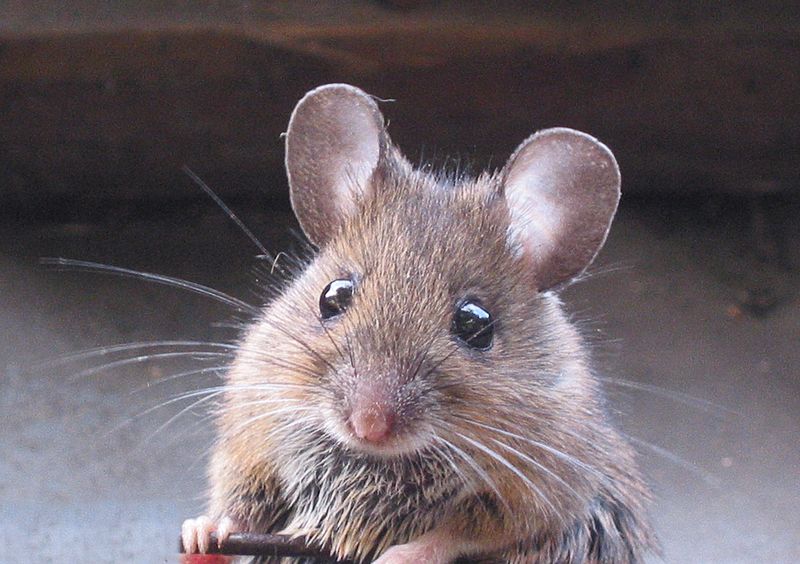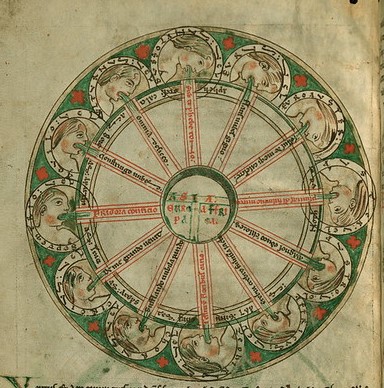Eusebius Riddle 38: De pullo
ALEXANDRAREIDER
Date: Mon 27 Dec 2021Cum corio ante meo tectus vestitus et essem,
Tunc nihil ore cibi gustabam, oculisque videre
Non potui. Pascor nunc escis, pelle detectus
Vivo, sed exanimis transivi viscera matris.
Before, when I was covered and dressed in my shell,
Then I tasted nothing of food with my mouth, and I was unable to see
With my eyes. Now I am nourished on food, I live
Stripped of my skin, but inanimate, I traversed my mother’s innermost parts.
Tags: riddles latin Eusebius




Commentary for Bern Riddle 38: De glacie
NEVILLEMOGFORD
Date: Wed 10 Feb 2021Matching Riddle: Bern Riddle 38: De glacie
Riddle 38 is, to misquote Vanilla Ice’s appallingly bad 1991 smash hit, all about an “ice-baby.” At least, that’s if we believe the titles given in the manuscripts!
This one is a real oddball description of paternity and maternity—the riddle-creature gives birth to her father and mother, whom she then gives up to be cooked on fires (ignibus coquendos) in the summer. What a lovely child! Like so many of the Bern Riddles, we are challenged to work out what this all means.
I’ll admit that I find some aspects of this riddle obscure. My best guess is that the mother (line 2) is “water” (aqua) and the father (line 1) is “cold” (either algus or gelus). If this is the case, then the riddler may well be playing with a putative etymology of the Latin word for ice (glacies) from Isidore of Seville’s 7th century encyclopaedia, The Etymologies—as a combination of “cold” (gelus) and “water” (aqua) (Etymologies, page 274). Another possibility is that the riddle’s solution was wrongly written down, but if so, what else floats or hangs in winter, before cooking its parents in the summer? This riddle appears between riddles on pepper and ivy, so maybe it is a seasonal plant of some kind.
Other aspects of the riddle are equally obscure. The mother and daughter give birth to one another, and the one cannot “be carried” or “be born” (feror) to the other unless she is “herself carried” or “born” (feratur…ipsa)? This process seems to be cyclic, and perhaps it alludes to a lake of some kind, where the same water becomes ice each year—thus the watery mother and the icy daughter give birth to each other. But how does the daughter give birth to her father? Perhaps the idea is that winter cold creates the ice, which then retains the coldness of winter. However, this doesn’t explain why the father is parvulus (“lowly,” “tiny,” or “young”). The description in line 5 of the creature as “hanging” or “floating” (pendens) is a little easier to explain, as it could apply to an icicle, river ice, or an iceberg.
This is one of the few Bern Riddles that leaves me genuinely perplexed. Perhaps you can make out the meaning of this icy riddle better than I see it? if so, I would love to hear your ideas.
References and Suggested Reading:
Isidore of Seville. The Etymologies of Isidore of Seville. Edited by Stephen A. Barney, W. J. Lewis, J. A. Beach and Oliver Berghof. Cambridge: Cambridge University Press, 2006.
Tags: latin Bern Riddles
Related Posts:
Exeter Riddle 33